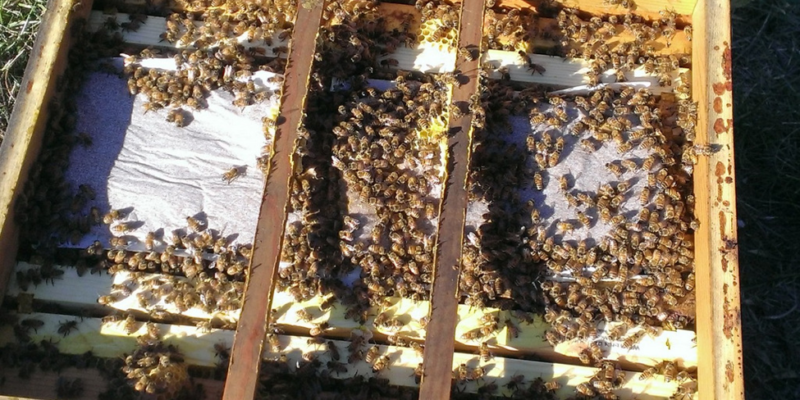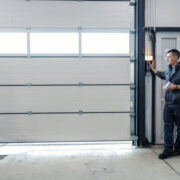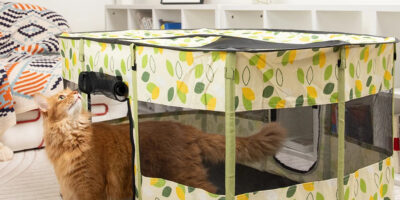Introduction
As a novice beekeeper, the prospect of beehive requeening might seem daunting. However, it is a fundamental skill that will significantly impact your beekeeping journey. In this article, we will break down the process of beehive requeening into simple steps, making it easier for beginners to understand and implement.
Why Requeen Your Beehive?
1.1 Improved Genetics for a Thriving Colony
Requeening offers the opportunity to introduce bees with superior genetics into your hive. A young and well-mated queen is more likely to pass on desirable traits to her offspring, resulting in a strong and resilient colony that can adapt well to its environment.
1.2 Preventing Swarming
Swarming is a natural process in which a large group of bees, including the old queen, leaves the hive to establish a new colony. By requeening preemptively, you can mitigate the risk of swarming and keep your bees content in their existing hive.
Identifying the Right Time to Requeen
2.1 Age of the Queen
The age of your queen is a significant factor in determining whether requeening is necessary. Queens typically have a productive life of two to three years. As they age, their egg-laying capacity declines, affecting the hive’s overall productivity.
2.2 Behavioral Signs
Observe your colony’s behavior closely. Aggressive and unproductive colonies may indicate a failing queen. Additionally, irregular brood patterns and a dwindling worker population are signs that warrant requeening.
How to Requeen Your Beehive: A Step-by-Step Guide
3.1 Preparation
Before embarking on the requeening process, make sure you have all the essential tools and equipment ready. These include a new queen, a queen cage, a hive tool, and protective gear such as a bee suit and gloves.
3.2 Removing the Old Queen
Using a smoker, gently calm the bees in the hive. Locate the old queen and carefully remove her from the hive, placing her in a secure container for temporary holding.
3.3 Introducing the New Queen
With the old queen removed, it’s time to introduce the new queen. Place the queen cage in the hive, ensuring that the worker bees have access to it. The cage allows the bees to become familiar with the new queen’s pheromones without direct contact.
3.4 Monitoring the Transition
During the transition period, check on the hive regularly to see if the worker bees have accepted the new queen. Once acceptance is evident, release the queen from the cage and allow her to assimilate fully into the colony.
Tips for a Successful Requeening Experience
4.1 Patience is Key
Requeening is a process that requires patience and observation. Allow the worker bees sufficient time to accept their new queen. Rushing the process may lead to rejection and failure.
4.2 Avoid Frequent Requeening
While requeening is essential, avoid doing it too frequently, as it can cause disruption and stress to the colony. Aim to requeen every two to three years, or when clear signs of queen decline are evident.
Conclusion
Congratulations! You’ve taken your first steps into the fascinating world of beehive requeening. As a beginner beekeeper, learning this skill will prove invaluable in maintaining thriving and harmonious bee colonies. Remember to be patient, observant, and considerate of your bees’ needs throughout the requeening process. By doing so, you’ll set the stage for a successful and fulfilling beekeeping journey. Happy beekeeping!
























Comments